Meat

Pat LaFrieda and Carolynn Carreño
Between his custom blend for Shake Shack and his Black Label Burger for New York’s Minetta Tavern, Pat LaFrieda is the ne plus ultra of butchery, cranking out more than 300,000 pounds of meat a week from his facility in New Jersey. His cookbook serves not only as an exhaustive dictionary on the different cuts of the most popular meats (veal, lamb, poultry, pork, beef and copped meat), but also as an endearing personal narrative about his Italian American family’s history in the butcher business. Arriving at a recipe for “Grandma LaFrieda’s braised stuffed veal breast,” you will be aided by comprehensive instructions for cutting the pocket and needling it closed. Armed with all this knowledge, you may even find yourself courageous enough to attempt “Mike Toscano’s whipped brain puree.”
Dominique Ansel: The Secret Recipes
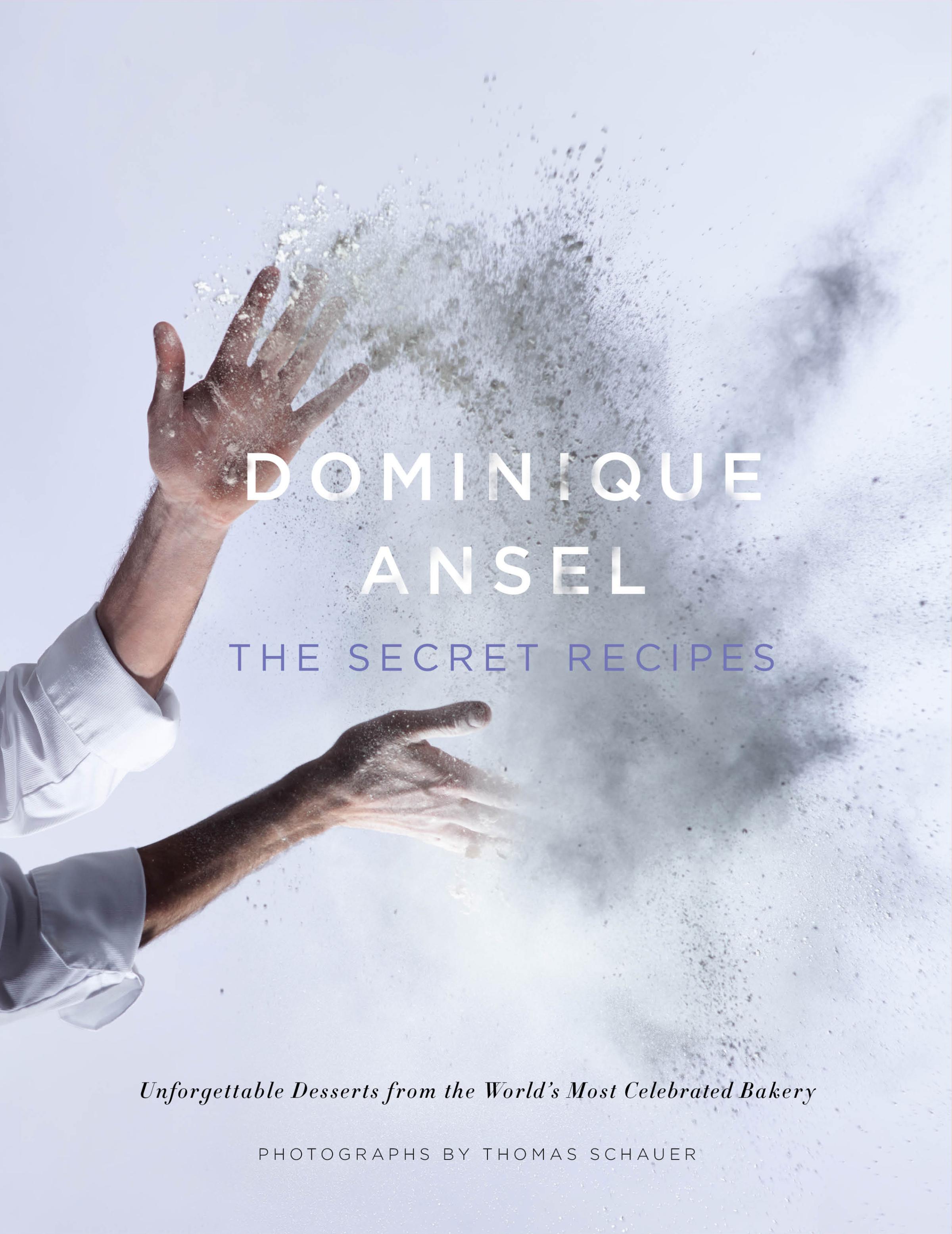
Dominique Ansel
The pastry chef who got jaded yet trend-hungry New Yorkers to line up by the hundreds for cronuts, a croissant-donut hybrid, is ready to reveal the recipe for that trademarked treat. But even if you’re over the cronut craze, there are plenty more recipes ranging from traditional (like “mini madeleines”) to experimental (“chocolate caviar tart”). Either end of the spectrum will deliver a sugar rush, à la mode.
Simon & Schuster; $35; Oct. 28
Relae
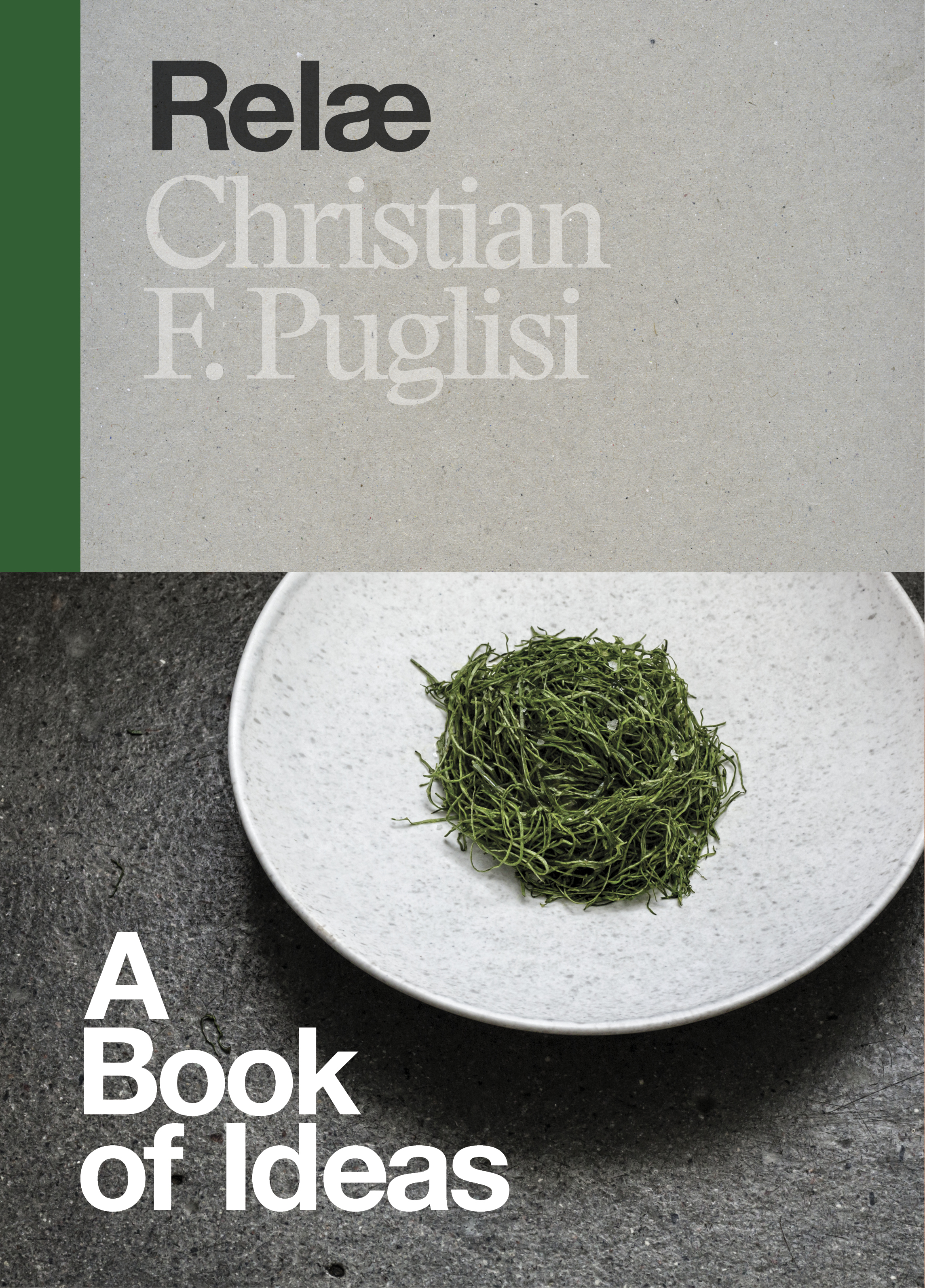
Christian F. Puglisi
“To be honest, I rarely read cookbooks,” chef Christian F. Puglisi writes in the introduction to Relae, named for his hip Copenhagen restaurant. Maybe that’s why this cookbook is so unconventional. His long manifesto on his culinary policies begins with the restaurant’s origin story and transitions into his thoughts on each ingredient he cooks with (for instance, the importance of using filtered water in the preparation of all dishes), followed by thoughts on technique, then the stories behind each of his signature dishes, then, finally, recipes. Readers interested in foodie philosophizing will have plenty to chew on; those who just want to know how to pickle mackerel can skip to the back of the book.
Plenty More
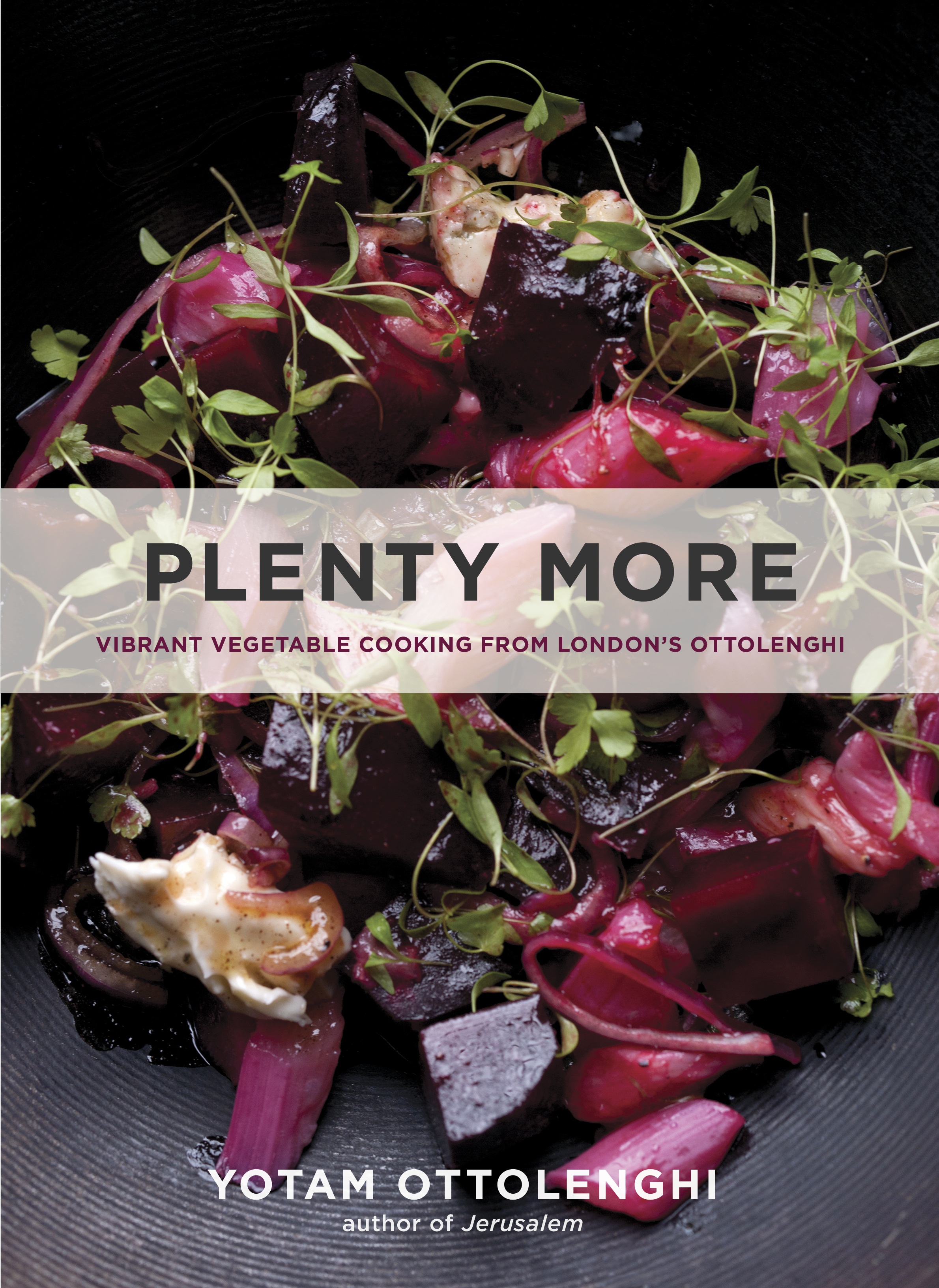
Yotam Ottolenghi
Expanding on one of his three earlier cookbooks, Plenty, successful Israeli-born, London-based chef Ottolenghi compiles vegetarian recipes from his column in The Guardian that is worth it if only for the luscious photography of fresh produce. With recipes from “Brussels sprout risotto” to “smoky polenta fries” to “eggplant cheesecake” in your arsenal, you may find yourself skipping over the meat counter entirely.
The Baking Bible
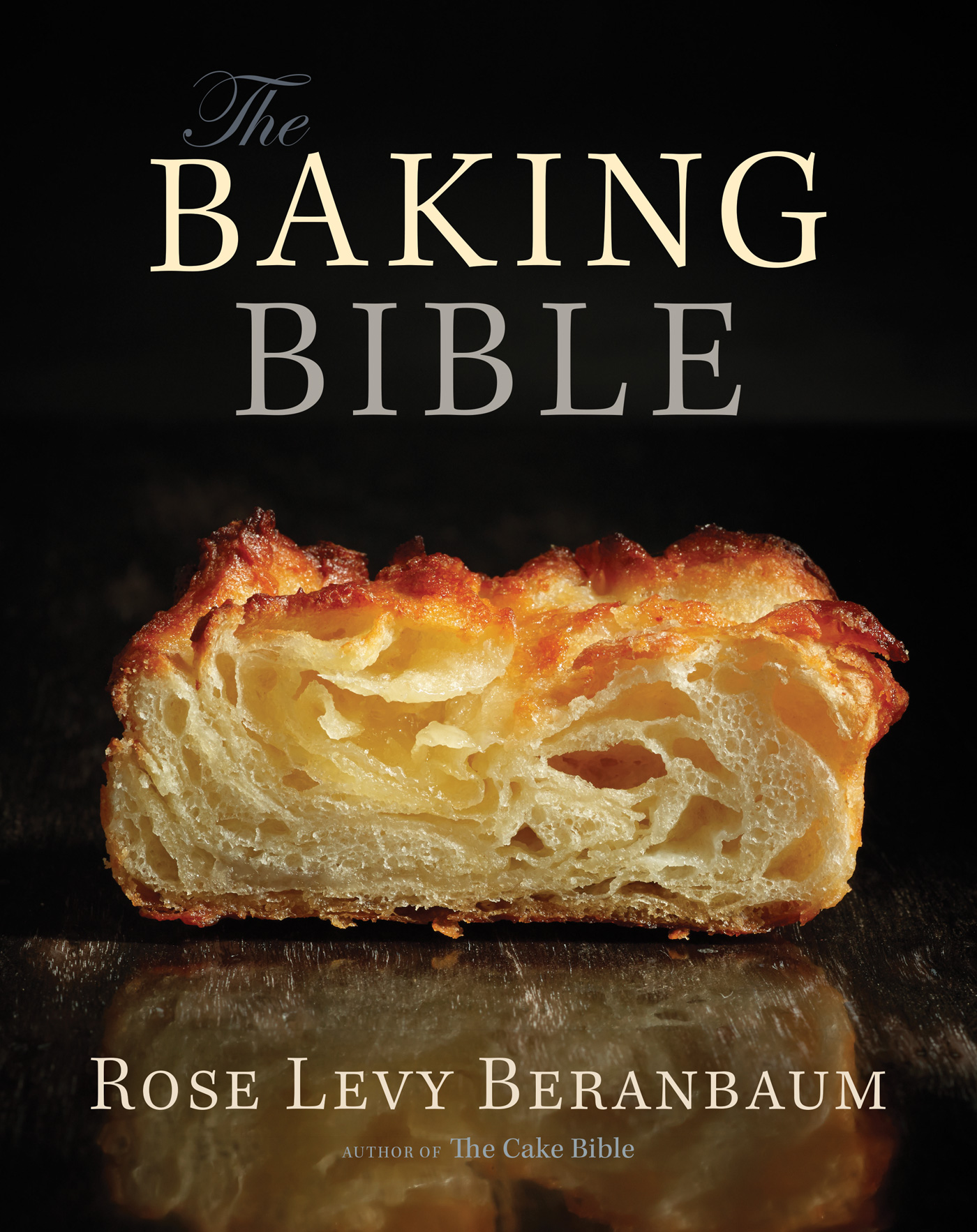
Rose Levy Beranbaum
While the James Beard award-winning cookbook writer has a tendency to call her books “bibles” (The Cake Bible, The Pie and Pastry Bible, The Bread Bible), they’re really more like almanacs. Baking lists the ingredients for each recipe in three different metrics (cups/spoons, ounces, and grams), names “golden rules” and offers specific fixes for all manner of problems that may arise (top of your cake cracked? The oven might be too hot, or the batter over-mixed). For the serious baker, the book’s mechanical precision will lead to perfect results, from “Irish cream scones” to “brandy snap cannoli.”
Houghton Mifflin Harcourt; $40; Nov. 4
The Portlandia Cookbook
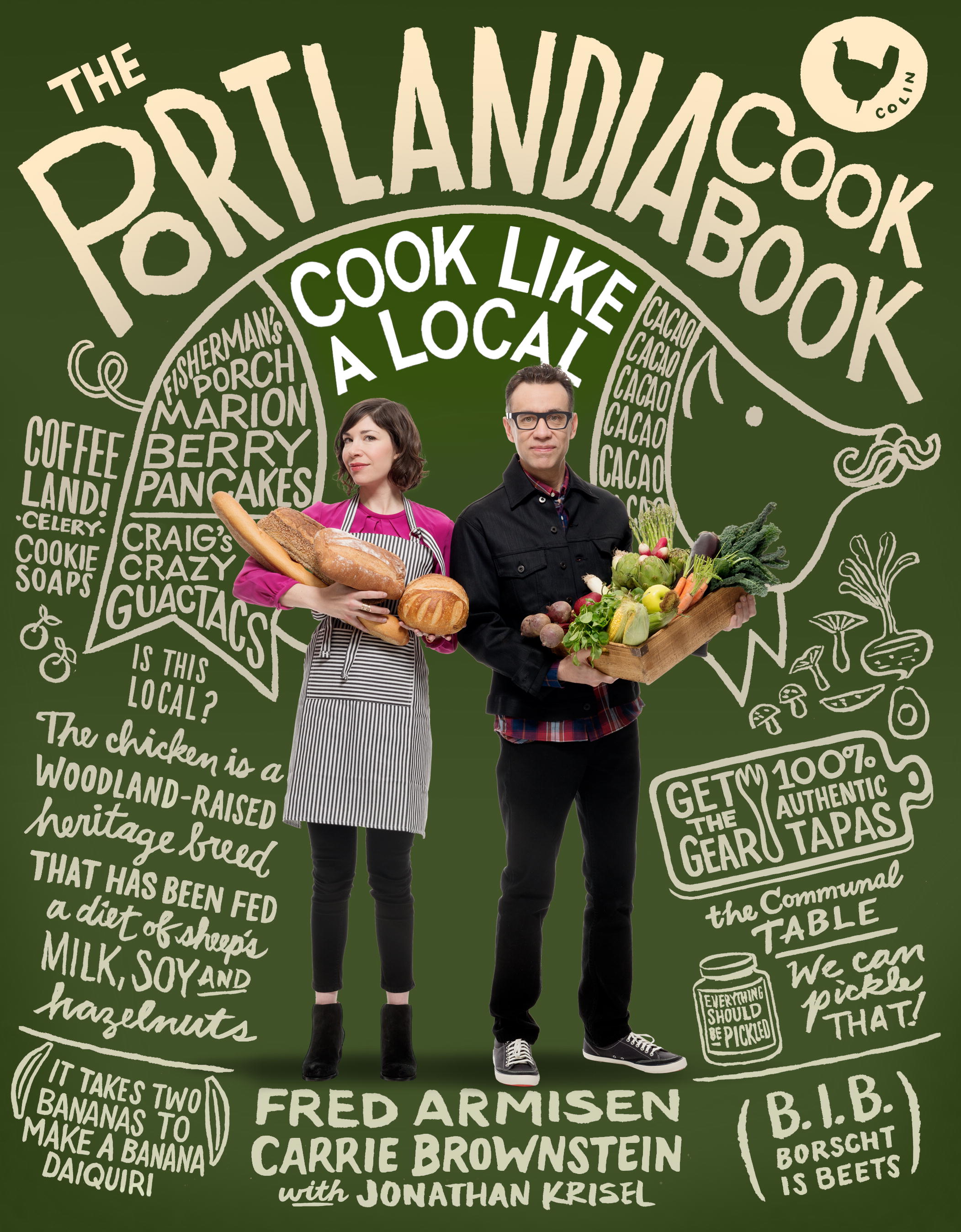
Fred Armisen and Carrie Brownstein, with Jonathan Krisel
Fans of the IFC sketch comedy show will recognize familiar territory in gags about locavores, foraged foods and dumpster diving. The book is peppered with essays by the show’s characters (for instance, the couple whose safe word is “cacao” explain the rationale behind their “cacao bar”) but the recipes themselves are played straight. While none of the dishes are especially complicated or inventive, they capture the show’s playful sense of irony — sure, “Brussels sprouts with bacon” has become pervasive enough to be a cliché, but it’s still damn tasty. These recipes would make great fodder for low-key dinner parties, potlucks or picnics. Just strap your Tupperware to the back of your fixed-gear bike.
A New Napa Cuisine

Christopher Kostow
The executive chef of The Restaurant at Meadowood (which holds three Michelin stars) provides the ambitious home chef with adventurous recipes, from “duck heart chrysanthemum” to “cuttlefish lardo tiny lettuces.” Some might call these dishes fussy; others, visionary. The artistic photography of rustic farm scenes and highly composed plates, by Taylor Peden and Jen Munkvold, makes it as good a candidate for the coffee table as the kitchen counter.
Teen Speed Press; $50; Oct. 14
An earlier version of this article incorrectly stated the name of Chef Kostow’s restaurant.
North

Gunnar Karl Gíslason and Jody Eddy
Icelandic chef Gunnar Karl Gíslason, of Restaurant Dill in Reykjavík, has divided his debut cookbook into chapters focused on his purveyors. For instance, chapter one, “The Bacalao Producer,” begins with a short biography and Q&A with Elvar Reykjalín, who provides the restaurant’s dried and salted cod, followed by corresponding recipes, like “bacalao potatoes with fennel ribbons and sorrel ash.” The book takes readers from cod to barley to sheep and all the way back to the ocean with a harvester of blue mussels and dulse (sea lettuce flakes, which you can dust on potato chips — that is, if you can source them).
Historic Heston
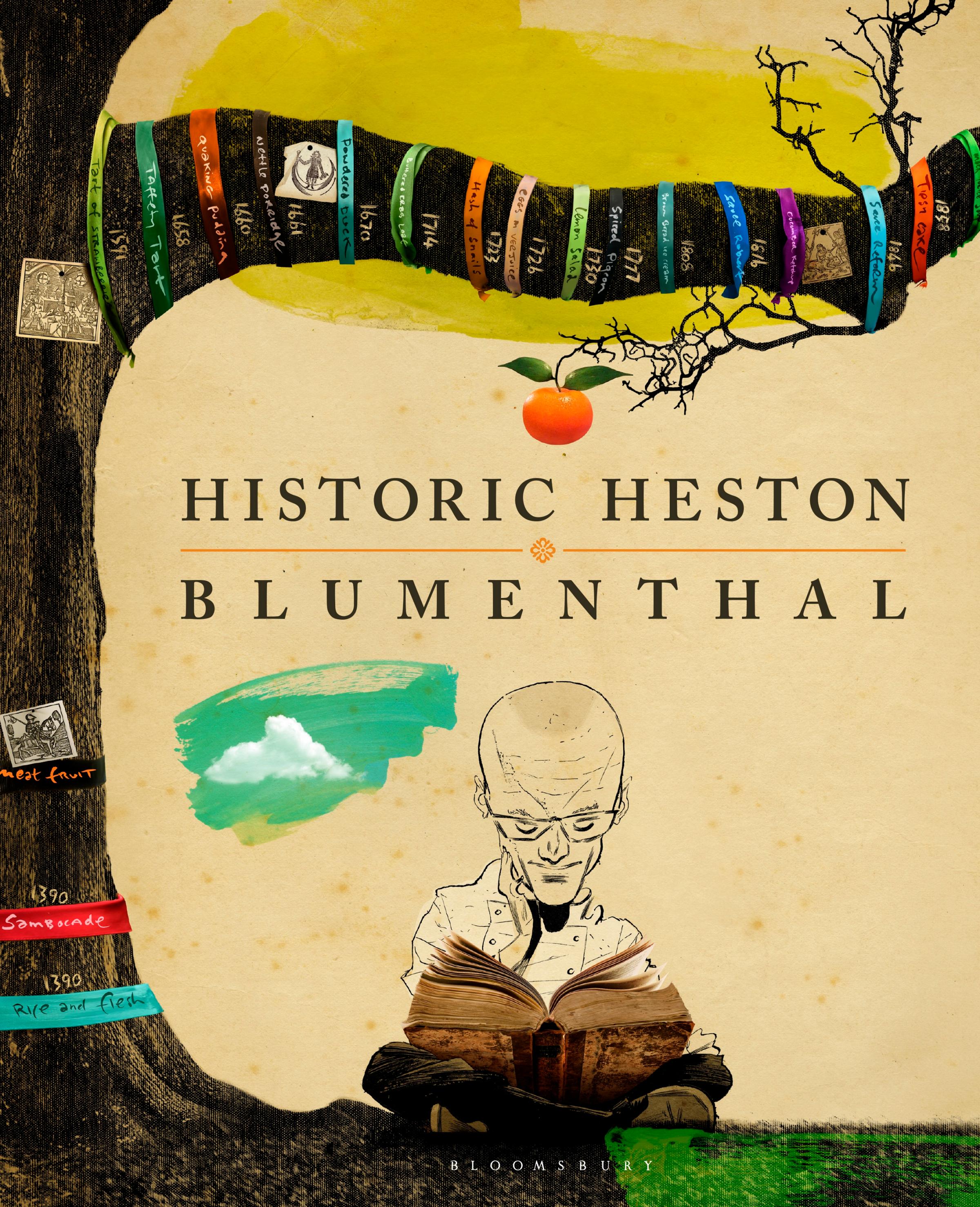
Heston Blumenthal
Technically, this cookbook isn’t new — it’s a smaller, hardcover re-release of last year’s coffee table book — but since the new price ($65) is so much more reasonable than the old ($200), it merits a fresh look. Illustrated with fanciful artwork (Dave McKean) and photography (Romas Foord), the celebrity chef behind The Fat Duck in Berkshire, England, takes readers on a tour of British culinary history, beginning with a 1390 recipe for “ryse of fleesh” (his version is more like risotto), and ending with an 1892 “mock turtle soup” (his looks like a yolky fungus patch surrounded by colorful cubes of meat and vegetables). Whether or not you have the stamina for his involved recipes, the context around each offers the equivalent of a semester-long course in British history.
School of Fish

Ben Pollinger and Stephanie Lyness
The executive chef New York’s Oceana, Michelin-starred since 2006, offers comprehensive instructions for preparing fish, that most anxiety inducing dish among home cooks. To learn the full range of techniques necessary for successful aquatic cuisine, Pollinger recommends practicing in this order, from easiest to hardest to deliver a successful fillet: bake, braise, broil, steam, poach, grill, fry, sauté. Start with “one-pot baked Alaskan cod,” end with “sautéed pike with roasted cauliflower, capers, olives and currants.”
Prune
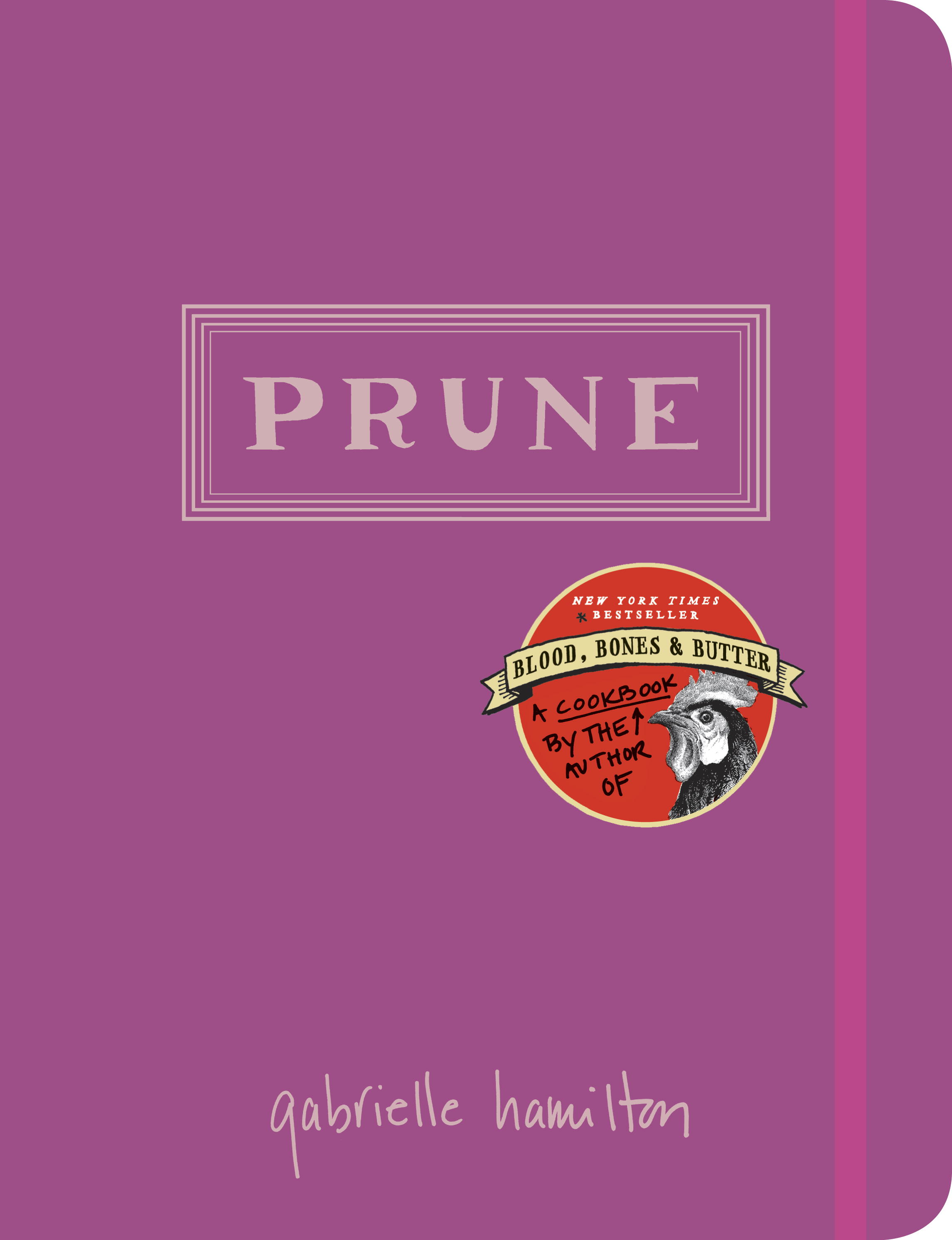
Gabrielle Hamilton
Following her successful memoir Blood, Bones & Butter, the chef behind New York’s Prune reveals her full arsenal of recipes, fully in the voice of a kitchen boss. For instance, at the end of her brunch recipe for Spaghetti alla Carbonara: “Don’t let this sit in the pass. Given that this is already a bastardy version of a real Spaghetti alla Carbonara, pulled together to accommodate the realities of busy brunch and the confines of the sauté station, please take care not to compromise the dish any further than we’ve already had to to make it work in the restaurant setting.” Yes, chef.
Bitter
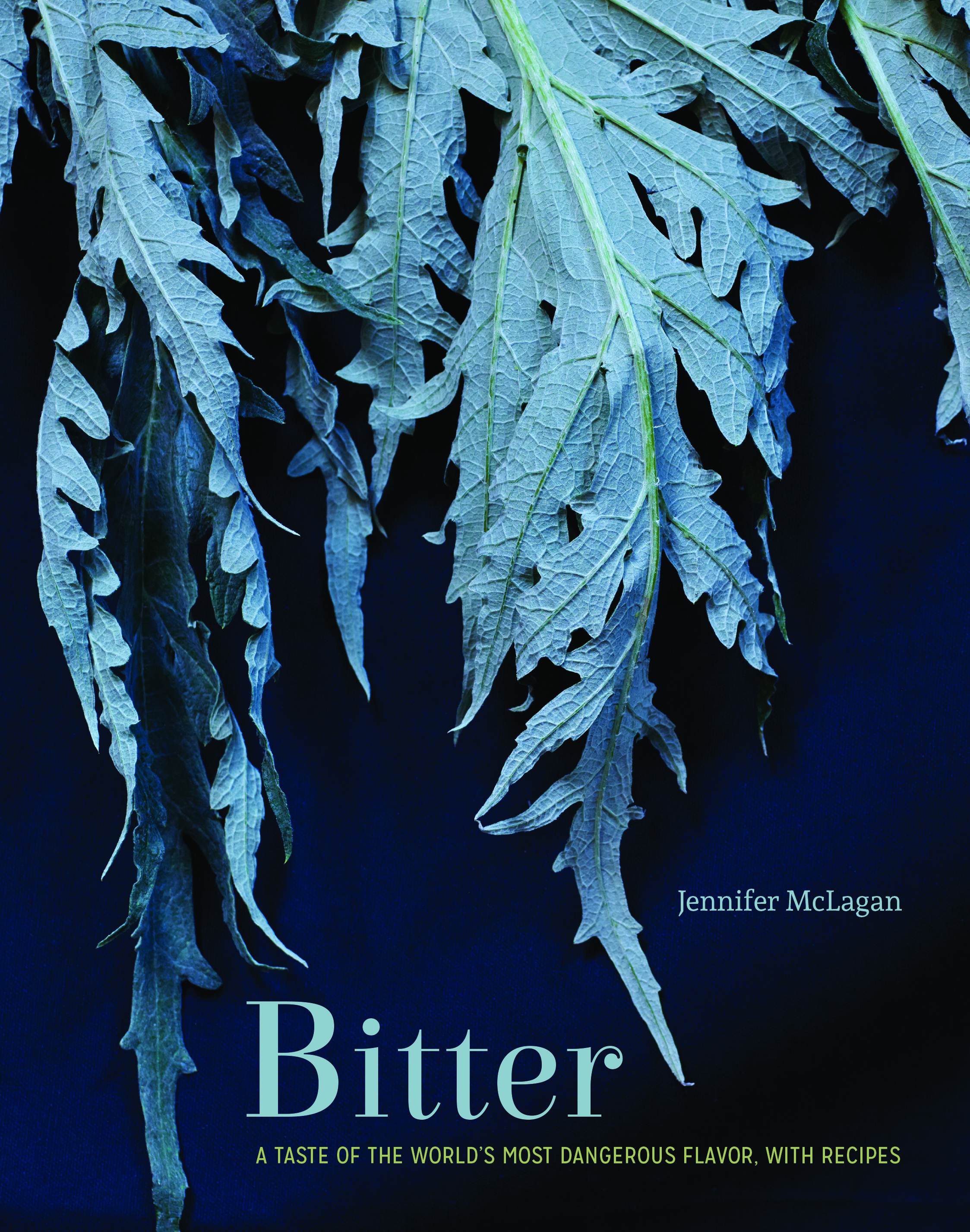
Jennifer McLagan
In bars across the country, bitter is the new sweet. McLagan is using her new book to do for the plate what bartenders have been doing for the glass: infusing bitter tastes into each dish with surprising balance and twists. Though the flavors are bold, the steps are simple, and can add depth to the average home cook’s weeknight dinners, with tempting recipes like “radicchio pie” and “tobacco panna cotta.”
Ten Speed Press; $30; Sept. 16
The Slanted Door

Charles Phan
Following his first cookbook, Vietnamese Home Cooking, Chef Charles Phan has compiled the recipes from his successful San Francisco restaurant, organized into three chapters corresponding to the three locations it has occupied over the last 19 years. He begins with simple fare like spring rolls and tapioca dumplings, expands into cocktail territory (his restaurant’s second home came with a bar) like an upscale Mai Tai and an Agricole Rhum Punch and ends with more elegant offerings like “spicy squid stir-fry” and “seared scallops in Vietnamese beurre blanc.”
Death & Co

David Kaplan, Nick Fauchild and Alex Day
As bartender Toby Cecchini writes in the foreword, Manhattan’s Death & Co is one of the only bars where “slavish allegiance to the craft of fine cocktail making is all for the good — where the drinks are just so skillfully and artfully constructed that even an old cynic like me has to sit back and take note.” To that end, the home cocktail enthusiast has much to consider in this book, from the various merits of different styles of gin to the best bottles of port. Devotees of the bar can find recipes for their favorite drinks, from the “seersucker” (strawberry, white rum, lemon juice, cinnamon back syrup) to the “wicked kiss” (rye, apple brandy, chartreuse, Bénédictine, angostura bitters).
Mexico: The Cookbook

Margarita Carrillo Arronte
Clocking in at more than 700 recipes, this cookbook promises to introduce even the biggest fans of tortas and tamales to something new about Mexican cuisine. Beginning with the basics (masa, tortillas, smoked chile paste), Carrillo Arronte takes the reader on a tour that aims to prove that Mexican cuisine can be as refined (“duck in green pumpkin seed sauce”) as it is accessible (see: an entire chapter on street food and snacks).
More Must-Reads from TIME
- Inside Elon Musk’s War on Washington
- Meet the 2025 Women of the Year
- The Harsh Truth About Disability Inclusion
- Why Do More Young Adults Have Cancer?
- Colman Domingo Leads With Radical Love
- How to Get Better at Doing Things Alone
- Cecily Strong on Goober the Clown
- Column: The Rise of America’s Broligarchy
Contact us at letters@time.com